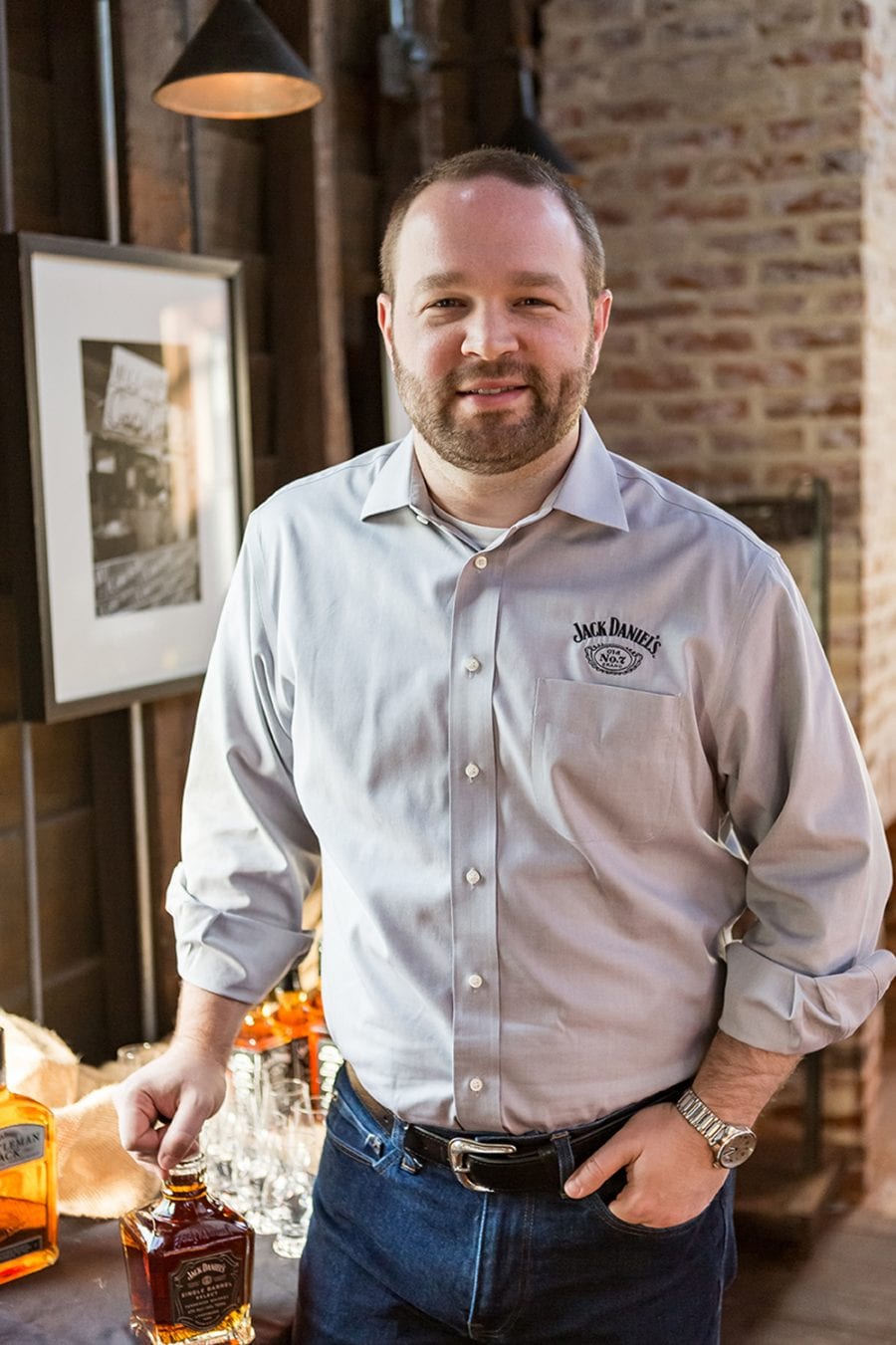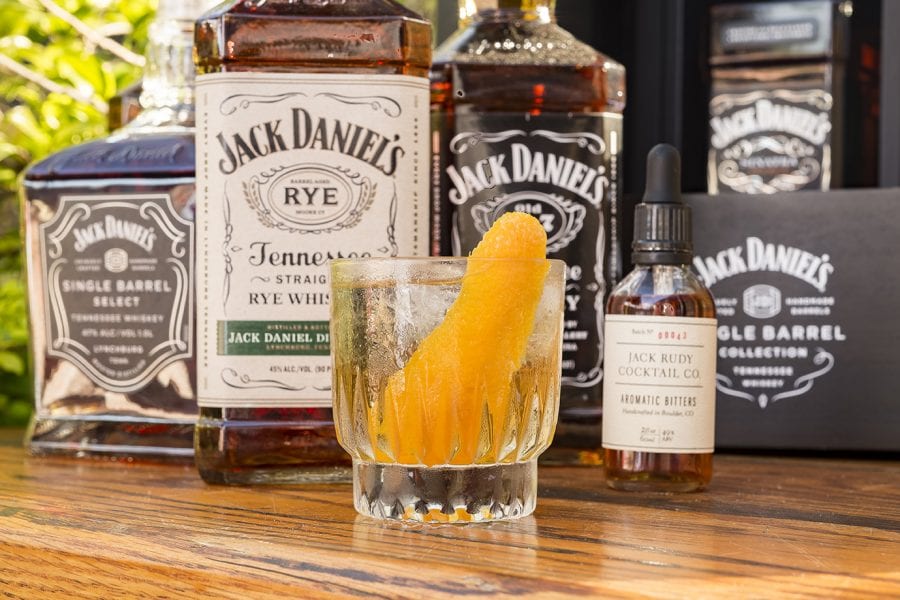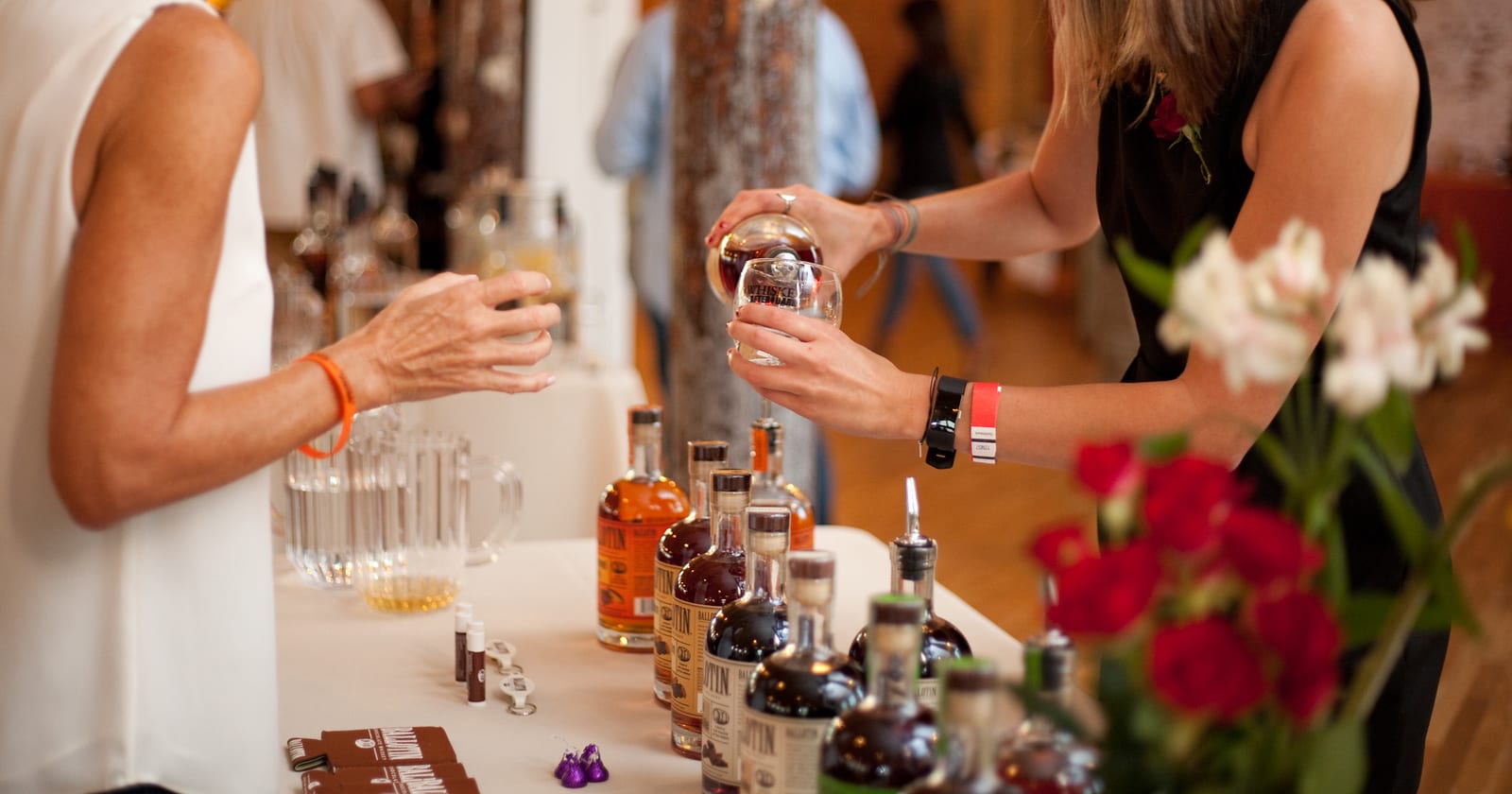Calling all brown water enthusiasts. We caught up with Chris Fletcher, the assistant master distiller at Jack Daniel’s, for his expert advice on sipping and sampling your way through the world of whiskey ahead of our annual Whiskey After Dark.
What do you look for when tasting a whiskey?
It depends on the style, but in an overarching way, I’m looking for balance of flavor. If you think about the process of making whiskey, what we control is the spirit as it’s distilled. Once it goes into the barrel, there’s really nothing we can do to it. So to me, the barrel should complement the whiskey, but not dominate it—it’s easy to make an oaky, dry, smoky end product and allow the barrel to do all the talking. But what you really want is complexity.
The three parts of your palate should all pick up something a little different. At the front of your tongue, you’ll notice the sweetness. At the mid-palate, you pick up on the mouthfeel, whether it has some weight to it. And at the back, you get the alcohol; unless it’s a barrel-strength or other high proof whiskey, you don’t want a strong burn, but a little warmth makes it all come together.

What about when you’re looking at a wall of whiskeys at the liquor store? What should you look for in a bottle?
What most people think of in terms of impacting flavor is the grain bill, but that doesn’t have as much of an impact in the grand scheme of things. In American whiskeys, the number one factor for flavor is the barrel—that’s where all of the color and most of the flavor comes from since it has to be brand new oak every time and no additives are allowed.
Yeast is the second most important factor for flavor. That’s what creates the fruity notes—like when people smell Jack Daniels and say they get notes of apple and apricot or even cooked bananas. That all comes about during fermentation (and it’s what produces the alcohol, which is pretty important too). You also have things like the distillation method: copper versus stainless steel, pot still versus column still.
And since distilleries aren’t required to display their Distilled Spirits Plant (DSP) numbers, you could be looking at twenty whiskeys from the same distillery under different labels. [A DSP number is assigned to a distillery when it receives its distilled spirits bond from the government. They’re unique to each company and never repeated.] My best advice is to go to a retailer that’s knowledgeable and ask questions. Ask about the grain bill, about the barrels, about where different products are from. Find a store you trust.

And enjoying whiskey at home? Are proper glassware, a decanter, or whiskey stones a necessity?
It depends on how you like to enjoy your whiskey. If you like it neat or with a small drop of water, glassware has a big impact. I like 1 or 2 large ice cubes in a rocks glass, as I like a slight chill and slow dilution, which affect the aroma and flavor as you continue to drink. And then you have the opposite end of the spectrum: Most whiskey is consumed in mixed drinks, and the glassware options for that are endless.
At a tasting event like Whiskey After Dark, what’s the best strategy going into a room full of whiskey purveyors?
Ask questions. With the popularity of American whiskeys especially now at the highest point we’ve ever seen, there’s a flood of new products and lots of stories and marketing. Look for authenticity and transparency, someone who will tell you exactly how the product is made.
For more information on Whiskey After Dark, head to our events page.
share
trending content
-
Get To Know Roanoke, Virginia
-
New Myrtle Beach Restaurants Making Waves
-
Shrimp and Grits: A History
by Erin Byers Murray -
FINAL VOTING for Your Favorite Southern Culinary Town
-
New Restaurants in Arkansas
More From At the Table
-
A Kamayan Filipino Feast | Listen
-
Deviled and Delicious | Listen
-
10 Southern Dishes from Iconic Female Chefs
-
A Feast for Réveillon | Listen
-
12 Cozy Getaways for Winter







